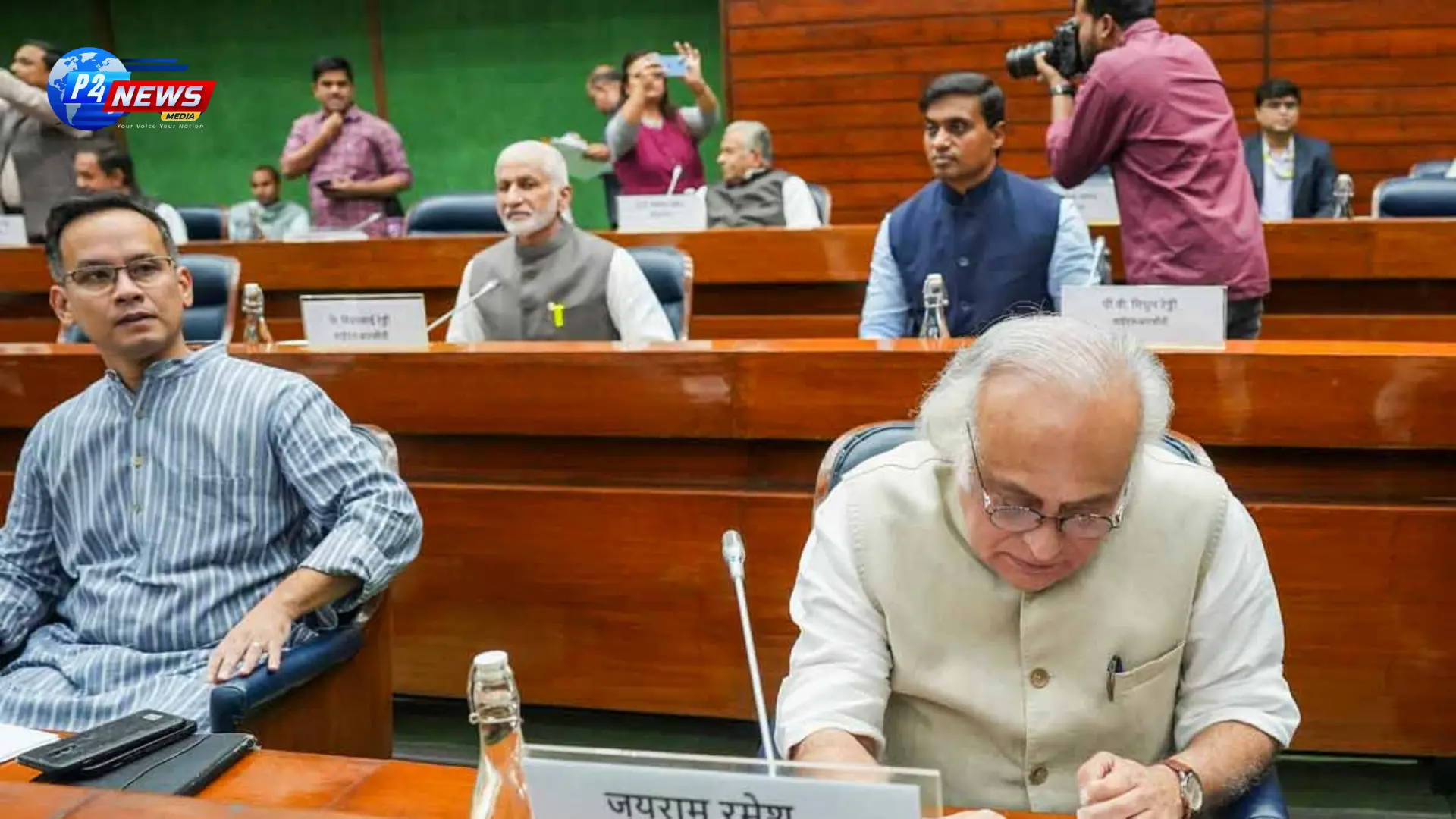The Government of India has officially approved the PAN 2.0 Project, introducing an upgraded PAN Card featuring a convenient QR Code at no additional cost. This initiative, estimated at Rs 1,435 crore, aims to enhance accessibility and accelerate service delivery for individuals and businesses alike. This development was confirmed by Ashwini Vaishnaw, the Union Minister for Information and Broadcasting. The Cabinet Committee on Economic Affairs (CCEA), under the leadership of Prime Minister Narendra Modi, has sanctioned this ambitious project from the Income Tax Department, marking a significant leap towards modernization in India's financial administration.
The recent decision by the Union Cabinet to launch the PAN 2.0 Project signifies a monumental shift in the management of PAN Cards in India. This upgraded version will incorporate a QR Code, providing users with an innovative way to access their PAN information swiftly and efficiently. The project is budgeted at an impressive Rs 1,435 crore, demonstrating the government's commitment to improving taxpayer services and modernizing financial operations.
Union Information and Broadcasting Minister Ashwini Vaishnaw announced the approval, emphasizing the government's dedication to streamlining processes to benefit citizens significantly. This upgrade aims not only to ease access but also to enhance the speed at which services are rendered to the public. with the addition of a QR Code, users can expect a more user-friendly interface, making it easier to retrieve information about their PAN details without unnecessary delays.
The approval came during a meeting of the Cabinet Committee on Economic Affairs (CCEA), presided over by Prime Minister Narendra Modi, illustrating the high level of priority the government places on this initiative. The shift towards a QR-enabled PAN Card is part of the broader efforts to digitize various aspects of governance and improve financial transparency and efficiency.
Current PAN Card holders may wonder about the status of their existing PAN Cards with this new development. It has been clarified that the old PAN Cards will remain operational even after the introduction of the QR-enabled versions. The aim of this initiative is to provide an additional, optional upgrade that offers enhanced convenience to users, rather than rendering previous cards obsolete.
The rollout of this new PAN Card format is expected to simplify many processes related to taxation and financial transactions, making it easier for individuals and businesses to navigate the necessary paperwork and digital requirements. The incorporation of a QR Code is particularly beneficial, as it allows for quick scanning and instant access to information, thereby reducing the time spent on traditional identification processes.
As India continues to move towards a more digital economy, initiatives like the PAN 2.0 Project play a critical role in modernizing essential services. By enhancing the user experience and providing faster access to information, the government hopes to encourage more compliance among taxpayers.
This transformation is not just about updating a single document; it represents a larger vision to embrace technology and innovate within the financial sector. The reliance on QR Codes reflects a global trend towards digitization, and India is keen to stay ahead in this race by equipping its citizens with advanced tools.
In summary, the PAN 2.0 Project stands as a progressive step for the Income Tax Department in India, bolstering service delivery with the introduction of a QR Code in PAN Cards. As this initiative unfolds, it is expected to result in improved efficiency, transparency, and, ultimately, a more taxpayer-friendly process. Stay tuned for updates on how to obtain your upgraded PAN Card once the project is launched.
'
















Comments 0